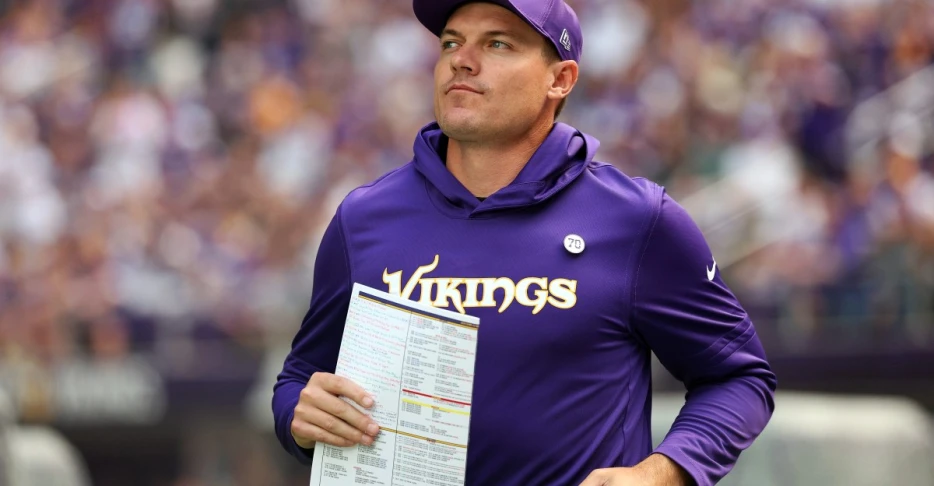
 Daily Norseman
Daily Norseman
The Minnesota Vikings have completed roughly the first quarter of their season after falling to the Pittsburgh Steelers 24-21 in Dublin, Ireland. They’ve gone 2-2 in what looked like the easiest part of their schedule at the beginning of the season and still looks that way now.
It has been a disappointing start to the Vikings’ season, as the Vikings have generally not played well in three of their first four games, particularly offensively. The one exception was the 48-10 blowout of the hapless and deflated Cincinnati Bengals at home in week three.
The central issue for the Vikings’ offense has been below average quarterback play. Offensive line injuries and inconsistent pass protection has been a contributing factor, but both J.J. McCarthy and Carson Wentz have been responsible for a high percentage of pressures by holding the ball too long or failing to effectively move in the pocket to avoid pressure. And both have graded relatively poorly among starting quarterbacks when under pressure, and McCarthy even when operating from a clean pocket.
The Vikings drafted J.J. McCarthy two years ago in the first round and after a year on injured reserve opted to make him the starter, as is normal for first-round draft picks. But starting what is effectively a second-year rookie comes with growing pains and a learning curve, and McCarthy has been no exception. He had a rough start to his first game as a pro but still had the wherewithal to rally for the win. His second start was also rough but without the rally. And then he suffered a high ankle sprain. That led to newly acquired Carson Wentz becoming the starter. Wentz hadn’t generated much interest this offseason, hadn’t played much in the past two years, hadn’t practiced in the offseason, and had only a few weeks of backup QB reps before being named the starter for the Bengals game. But he did pretty well under the circumstances.
Neither J.J. McCarthy or Carson Wentz have performed particularly well overall, and certainly pressure rates play into that, but a good deal of that falls on the quarterback for not getting the ball out on time or failing to move effectively in the pocket to avoid pressure. Wentz and McCarthy rank second and third respectively in quarterback allowed pressures, which are pressures caused by the quarterback holding the ball too long or moving into pressure. Beyond that common element, there are other elements that have affected each of the two starting quarterback’s performance, which to some degree are expected.
For J.J. McCarthy, he is making his first starts in the league and is facing a learning curve when it comes to reading defenses, which causes him to hold the ball longer and results in more pressures. Opposing defensive coordinators are also doing what they can to confuse him with presnap looks and movement, while also blitzing him on almost a third of his dropbacks. McCarthy has a very...